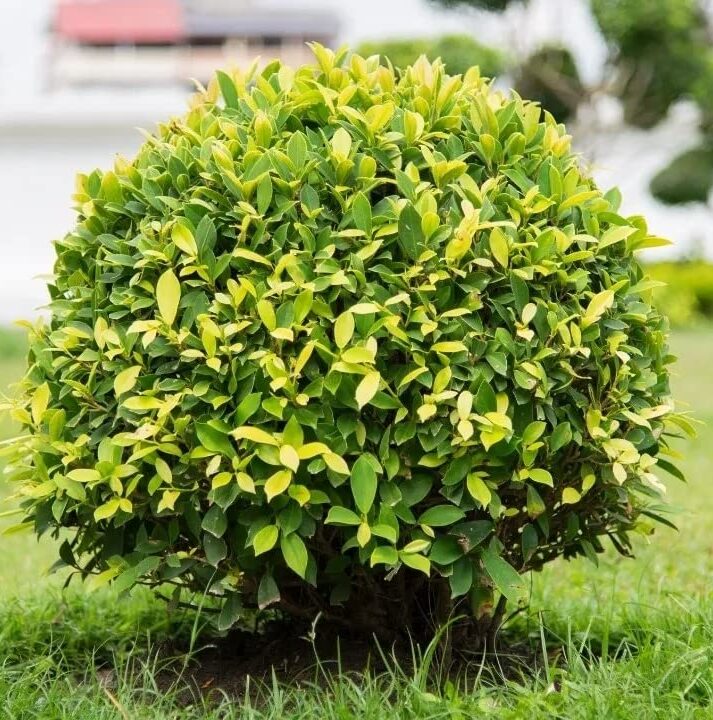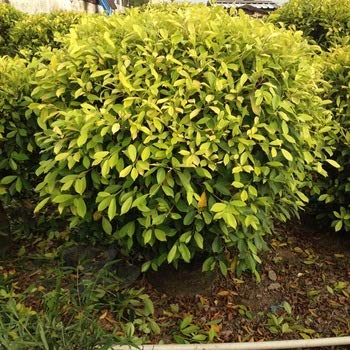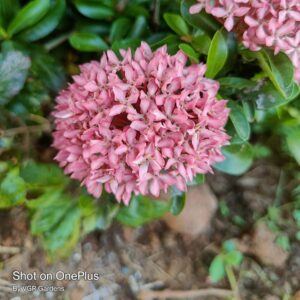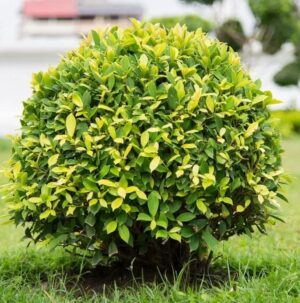Ficus Panda, also known as Ficus benjamina or the Weeping Fig, is a popular and elegant plant appreciated for its lush foliage and graceful drooping branches. Belonging to the fig family (Moraceae), it is native to Southeast Asia and Australia but is cultivated worldwide as a beloved indoor and outdoor ornamental plant.
One of its most distinctive features is its glossy, elliptical leaves that alternate along its branches. These leaves typically start out a vibrant green, but cultivars like the Golden Ficus display variegation, with hues of yellow or gold mixed in, adding a striking visual appeal to the plant.
In its natural habitat, Ficus benjamina can grow into a large tree, reaching heights of up to 100 feet (30 meters). However, when grown as a houseplant, it tends to stay more compact, typically reaching heights of 3 to 6 feet (1 to 2 meters), making it suitable for indoor environments.
Caring for a Ficus Panda involves providing it with bright, indirect light and regular watering. It prefers well-draining soil and thrives in a humid environment. However, it is important not to overwater the plant, as it is susceptible to root rot. Pruning can help maintain its shape and size, as well as encourage new growth.
One aspect of Ficus benjamina that makes it a popular choice for indoor decoration is its air-purifying properties. Like many other houseplants, it helps remove pollutants from the air, enhancing indoor air quality and creating a healthier environment.
While Ficus Panda is generally easy to care for, it can be sensitive to changes in its environment. It may drop its leaves if subjected to sudden temperature changes, drafts, or insufficient light. However, with proper care and attention, this beautiful plant can bring a touch of nature and elegance to any indoor space, adding a serene and tropical ambiance to its surroundings.
Ideal Conditions
Ficus Panda, Ficus Benjamina (Golden Ficus), and Weeping Fig (all common names for Ficus benjamina) are popular indoor plants known for their elegant drooping foliage. To ensure they thrive, consider the following ideal conditions:
- Light: These plants prefer bright, indirect light. Place them near a window where they can receive plenty of filtered sunlight. Direct sunlight can scorch their leaves, so avoid placing them in intense sunlight.
- Temperature: Ficus benjamina prefers warm temperatures between 65°F to 75°F (18°C to 24°C). Avoid placing them in drafty areas or near air conditioning vents, as they prefer stable temperatures.
- Humidity: These plants thrive in high humidity environments. You can increase humidity by misting the leaves regularly or placing a humidifier nearby. Alternatively, you can place the pot on a tray filled with pebbles and water to create a humid microclimate.
- Soil: Use a well-draining potting mix rich in organic matter. A mix of peat moss, perlite, and sand works well for Ficus benjamina. Repot the plant every couple of years to refresh the soil and provide more space for root growth.
- Pruning: Regular pruning helps maintain the shape and size of the plant. Remove any dead or yellowing leaves, as well as leggy growth. You can also prune to encourage bushier growth.
- Pests: Keep an eye out for common pests like spider mites, aphids, and mealybugs. Regularly inspect the foliage, and if you notice any pests, treat them promptly with insecticidal soap or neem oil.
Watering Periods
Allow the top inch of soil to dry out between waterings. Overwatering can lead to root rot, so it’s crucial to avoid soggy soil. Water thoroughly when needed, and ensure good drainage to prevent waterlogging.
Fertilization
Feed your Ficus benjamina with a balanced liquid fertilizer diluted to half-strength during the growing season (spring and summer). Reduce or stop fertilizing in fall and winter when the plant is dormant.
Only logged in customers who have purchased this product may leave a review.











S.dinesh –
Nice
gralion torile –
Excellent blog! Do you have any suggestions for aspiring writers? I’m hoping to start my own website soon but I’m a little lost on everything. Would you advise starting with a free platform like WordPress or go for a paid option? There are so many options out there that I’m totally overwhelmed .. Any tips? Thanks!